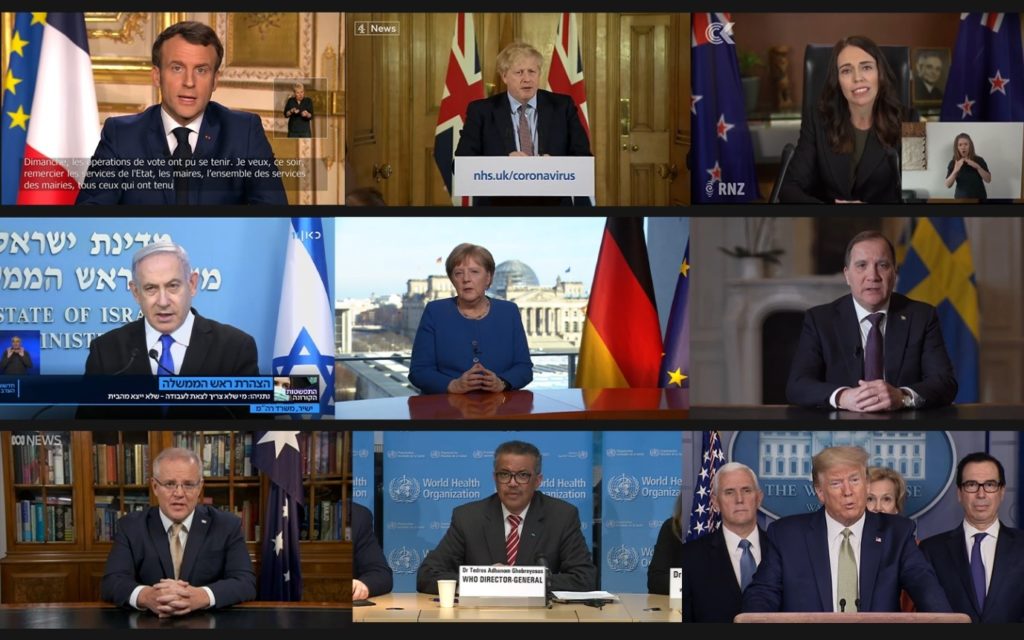Experts and Pundits During Crisis on (TV) News

During crises, the role of news media is crucial. They are expected to deliver coherent, science-based information, promote transparency, and act as responsible intermediaries between governmental authorities and the public. When it comes to climate issues, media face additional challenges due to the complexity and scale of related events.
Take a deep breath, and keep your mask on!

Impressions from watching Israeli television news during a crisis
Addressing the Nation: Pandemic!

How was the Covid-19 pandemic communicated by different leaders in their televised speeches and why does it matter? Six months have passed since nations of the world have locked-down against the spread of Covid-19. After its classification as a pandemic by the World Health Organization on 11 March 2020, leaders have addressed their nations to […]
